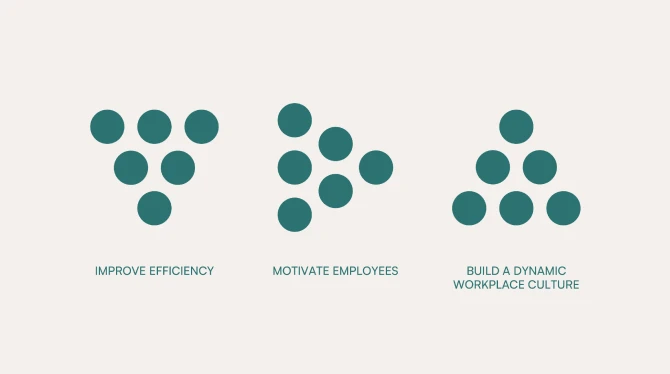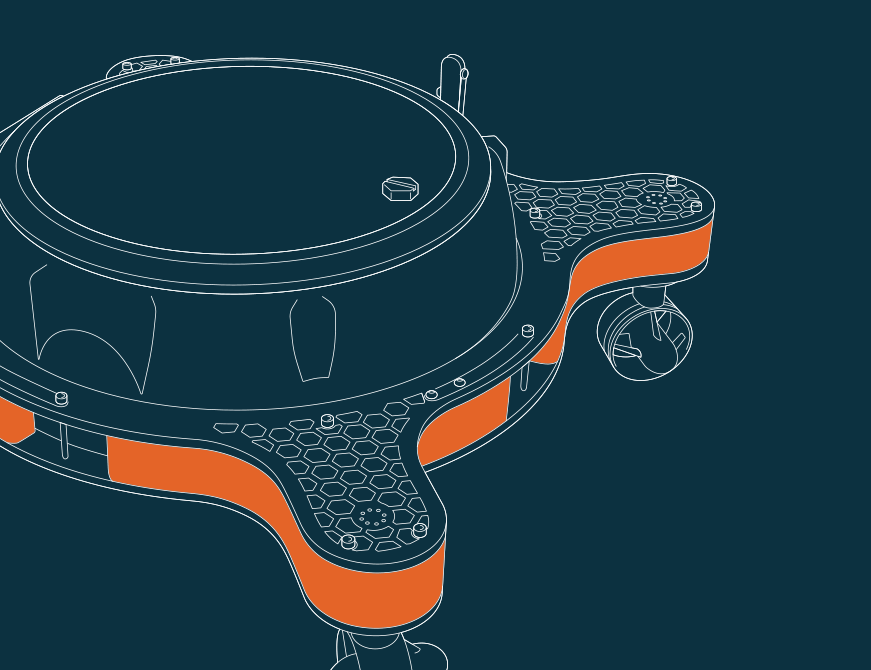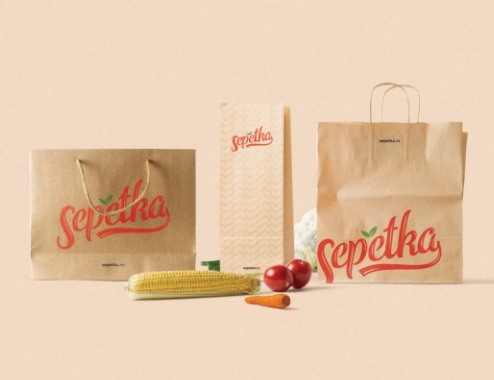🙈
Make The Logo Bigger
LAST UPDATED 16 May, 2024

Make the Logo Bigger!
This phrase is a common piece of feedback among designers and brand creators and often leads to frustration. Many designers view this as a peculiar trend. So, what’s driving this request?
Why Do Clients Want Their Logo Bigger?
It’s not unusual for clients to lack a complete understanding of the significant value design adds to their business. As professionals, it’s our role to guide them towards effectively and strategically branding their enterprise.
Occasionally, brand creators encounter entrepreneurs who insist on a disproportionately large logo, without considering whether size truly enhances its impact. While many branding studies focus on aspects like shape, color, or texture, the influence of size is often overlooked. This is because the size requirements of a logo can vary depending on its application, making it challenging to establish definitive criteria for optimal results.
One approach is to establish clear proportions within the brand guidelines, possibly addressing this frequent request. This is often relevant to elements like the website header.
What Impact Does Logo Size Have?
Consider, for example, the Apple logo on the back of an iPhone. What if it was two or three times bigger? Analyzing comments on a related Instagram post reveals that among designers, this request is more than just a minor inconvenience.

A notable statistic is that 93% of large corporations design their logos to remain legible even when scaled down to the size of a business card. This suggests that logo size should be adaptable based on its intended use. Creating proper branding guidelines becomes crucial, especially for companies anticipating widespread logo usage across web, print, or video platforms.
The Challenge of Designing an Adaptable Logo
Designing a brand’s visual identity opens up countless possibilities. A logo should reflect the company’s mission, story, team, services, and accessibility, and be designed to endure over time.
However, a broader perspective is essential. Factors like evolving trends, company growth, customer feedback, and specific design data add complexity to the task. Essentially, designing a logo is based on a few hypotheses. Subsequent marketing data, experiences, and research can indicate whether the direction chosen was the right one.
Many logo redesigns, such as those of GAP, Burberry, Kraft, and MySpace, have failed, likely due to inappropriate data points in their briefs or a misunderstanding of the company’s actual problems.

A company’s website often acts as the first point of interaction with customers, and within just a few moments, these visitors form an opinion about the brand that can greatly influence their purchasing decision. While the impact of logo design on this impression can vary among customers, with some placing little significance on it, its role in the overall perception of the brand should not be underestimated.
How to React and Respond to This Request?
When a client requests something like “Please make the logo 50% bigger,” it might feel like they’re bypassing the careful thought process and expertise that went into our design. From the client’s perspective, the visual prominence of elements like the logo can be paramount. However, this situation often points to a larger communication gap. It may be a sign that we haven’t fully conveyed the strategic reasoning and design principles that guide our decisions. It’s crucial to engage in a more detailed dialogue, ensuring the client understands the rationale behind each aspect of the design.
To address this effectively, we should work on articulating our thought process and practice asking pertinent questions. Getting clients to understand why their feedback might be shortsighted is key. Asking questions like:
- What would a larger logo achieve?
- Could you clarify your goals?
- Explaining that a brand encompasses more than just its logo
- Providing visual samples for a better understanding
- Engaging in open discussions about advantages and disadvantages
In my experience, the most favorable outcomes arise from transparency and honesty with clients, even though it can be challenging. The most successful design projects are those where all stakeholders are heard, and their views are considered. Ultimately, the client will live with the logo for a considerable time, and effectively communicating our arguments can only assist them in the long term. Our decision then is whether to include the work in our portfolio or not.


